You’re not always going to get everything right. Sometimes, what seems like the best operations in theory, turn out not to work when it comes to the real world. Whatever happens, you shouldn’t get despondent. The important thing is to pick yourself up and try another tack. Email marketing is a huge deal. This is because email is a huge deal.
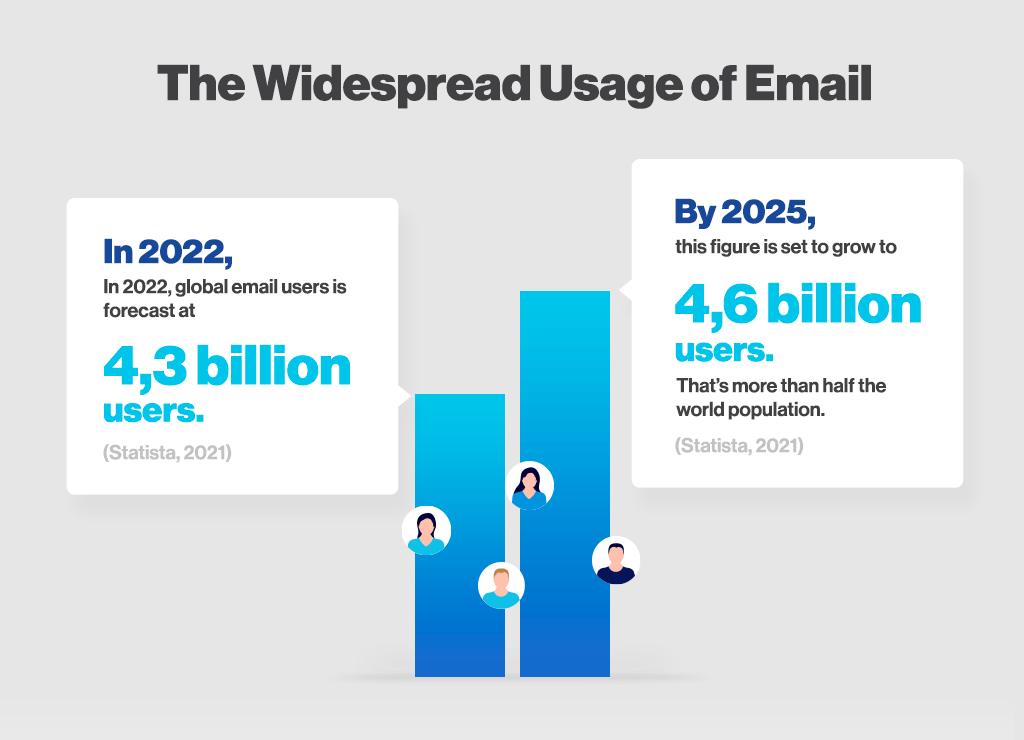
So huge that you shouldn’t jettison it altogether, no matter what failings you’ve encountered. The right email marketing strategy can give huge rewards to the right approach.
The good news is that you can use this email marketing guide to discover a number of techniques that will retrieve the situation and get your email marketing efforts back on track.
So, Where Can It Go Wrong?
So, if it’s not working out for you, perhaps you can try another form of communication altogether. After all, what’s the big deal with email marketing?
In short, ROI is the big deal.
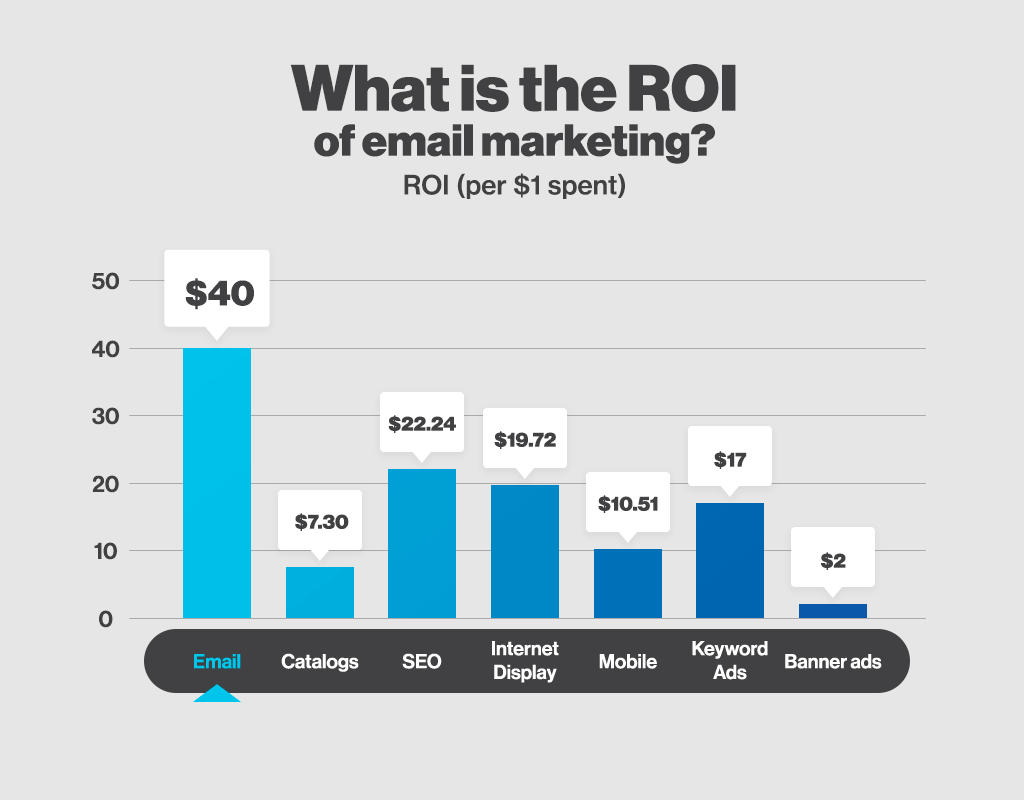
This is why so many marketers favor it as a means of customer acquisition. When it’s done right, email marketing rocks.
But it’s not always done right. In principle, successful email marketing campaigns should be a cinch. Customers prefer email. In fact, 80% of customers favor sales emails. So, how can it go wrong? We’ll look at a list of some top flops, see how they can affect email engagement and derail your campaign, and how you can get yourself back on track.
1. No (or Terrible) Personalization
Personalization pays. The basic fact is that customers like personalization. 44% of customers given a personalized experience will become repeat buyers. However, because a lot of marketing professionals see email personalization as requiring too much campaign sophistication, it can go unincluded.
This is a mistake. Personalized content is relatively straightforward nowadays and email automation means that most of the hard work is done for you.
Even worse is what happens when your personalization routines fail and the programming behind them is revealed, so that, instead of reading ‘Dear Daphne’ at the top, it reads ‘Dear [user name]’.
So, start by making sure that your personalization is in place and covering the right details. Customers are quite accepting of the retailer’s need to acquire information, within reason.
You can use a number of different tools to achieve personalization in your marketing. For instance, Cyberimpact can be a very powerful tool for sending custom emails to subscribers.
Once you have personalization in place, test it. Then test it. Then test it once more. It’s crucial that you don’t get downhearted at this stage. It can be laborious, and it can be disenchanting. But testing is vital, no matter how negative the experience at times.
“Testing leads to failure, and failure leads to understanding.”
-Burt Rutan, engineer and entrepreneur
But what do you do if you’ve sent out a disastrous marketing email with the variable field name visible rather than the name of the customer? Well, probably counter-intuitively, most email marketing guides will tell you that the best tactic is to do nothing. The customer will get over it. OK, it’s an excruciating error as far as you’re concerned, but the truth is that you’ll probably only make things worse by drawing more attention to it.
Should you wish to try to remedy matters, you might want to take some time to craft a well-written apology. Just make sure it’s error-free, especially when it comes to the salutation.
Pro Tips :
How to redact an erratum?
2. Off Putting Subject Lines
The trouble with email being such a popular means of communication is that there are, as a result, innumerable emails filling your customer’s email inbox.
It’s all too easy for an email from your business, no matter how much valuable content is within, to go unnoticed by the recipient. If the email subject line’s boring then that mail will stay resolutely unread. That’s the route to low engagement rates.
Your subject line is as influential as custom caller ID is in the field of telephony. It can be all the recipient needs in order to decide whether or not to engage.
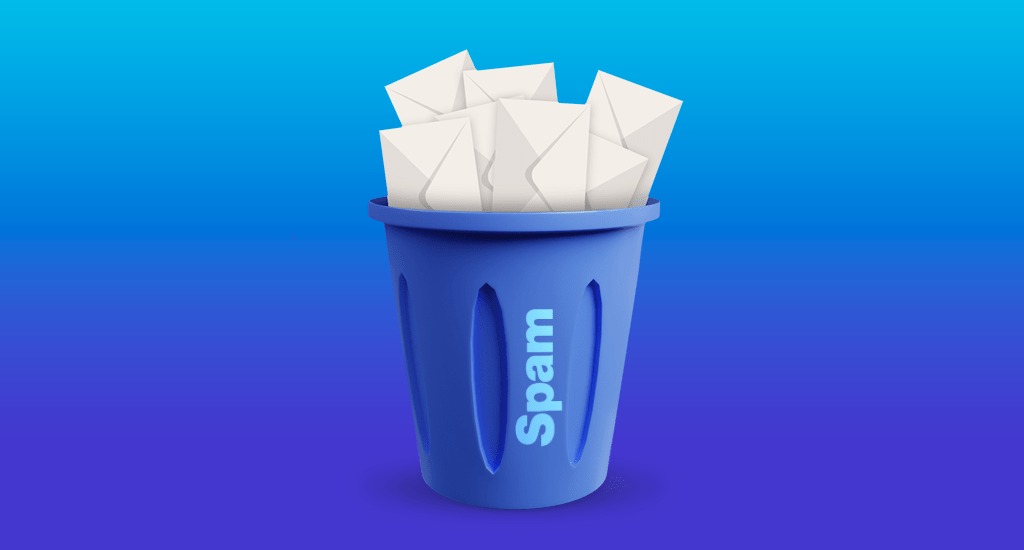
Even worse is what happens if your subject line is deemed a bit too close to spam for comfort. Then it’s a one-way ticket to trash for your lovingly sent email. Expressions that can look like spam include ‘expect to earn’, ‘call now’, and, of course, ‘not spam’. It’s unhelpful to your loyal customers to receive this and you may get spam complaints as a result.
So, you need to be clever. Here are some tips. Personalize the subject line, keep it professional, avoid all capitals, and keep it short and simple.
One of the best ways to increase open rates is to emphasize urgency. In fact, if you can give the recipient the feeling that they’re in danger of missing out on something great if they fail to open and act now, you can increase open rates by 22%.
Such is the power of FOMO on customer behavior, that they find it difficult to resist such invitations, even if they consider themselves quite skeptical.
The difficulty lies in avoiding spam-type language. Phrases such as ‘limited time’, ‘last chance’, ‘quick’, ‘fast’, and ‘now’ are all excellent choices.
The other key tactic here is to use subject lines that pique the recipients’ curiosity. It might simply be a case of alluding to previous purchases and giving an offer on something that chimes with them. Like ‘Hey Paul! You’ve got those great canvas shorts – what about 25% off a shirt to match?’.
Or it might be that you manage to come up with something that’s just downright strangely enticing enough to warrant investigation. Here’s one from Eat This Not That: ‘8 disgusting facts about Thanksgiving’.
Other ideas include subject lines that offer a solution to a common problem and those that include keywords that have been shown to have an effect. Examples of the latter include ‘wonderful’, ‘update’, ‘congratulations’, and ‘celebrate’.
Set your tone correctly. You can learn a lot from conversational AI, in that tools such as NLP are finding that a casual tone often works better than something more formal. This can depend on the area of commercial activity, of course.
This email marketing guide’s final tip on this subject: the number of words you use has an enormous effect. It’s been shown that subject lines with four or five words have the best open rates. That should discipline your thinking.
3. Calls-to-action Count
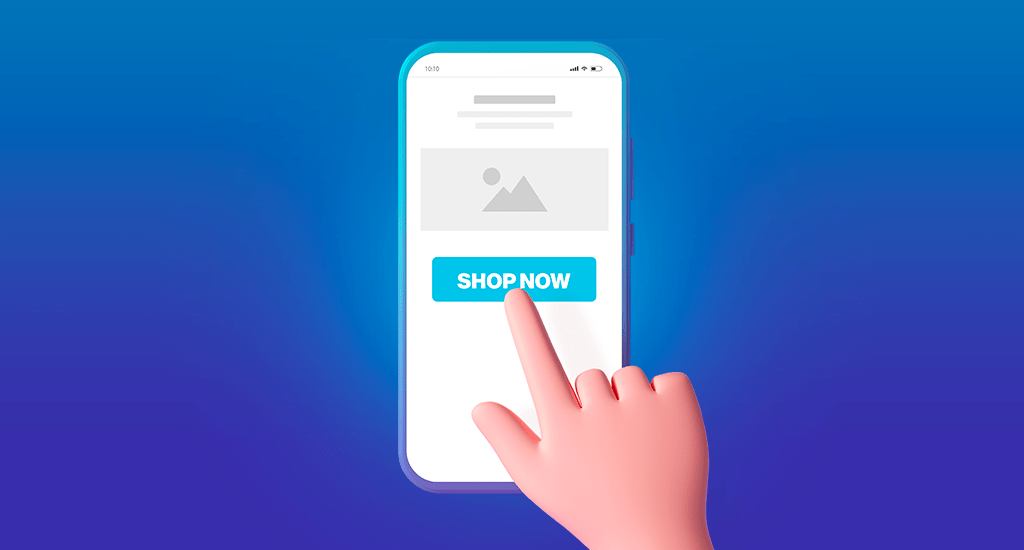
Sometimes email marketing campaigners put together a terrifically composed email, offering the customer real benefit, flagged up effectively by the subject line. The customer appreciatively reads it and is inspired to do something positive as a result. But, just when they’re in the best frame of mind for taking you up on your suggested course of action, they can’t find it.
This can, of course, lead to a high opening rate but a disappointingly low click-through rate. It can often be the case that email marketers make the mistake of thinking that there’s something wrong with all manner of aspects of the email, while overlooking its one central point, that of facilitating a customer journey.
It can be the case that the email requires too much in the way of inference from the customer. This is quite common, as the marketer comes to the subject area with much more expertise than the customer. For this reason, the marketer can overlook where there’s vagueness over what the customer’s supposed to do.
So, you need to make the call-to-action (CTA) clear. You also need to make it exciting. Give the impression that the customer’s a mere click away from wonderful things. If you can build up the level of excitement in the customer, then direct them to your store, you stand more of a chance of scoring big with impulse purchasing.
If you notice that an email you’ve already sent out has an unclear, absent or broken call-to-action, you need to decide on your best course of action.
In this case, unlike with personalization malfunctions, you need to do something. If the email’s sole real purpose was to activate the customer, and it’s fundamentally unable to do this, then you need to remedy matters.
If it’s unclear or absent, consider sending the email out again with a prominent CTA present and correct.
If it’s a broken CTA, start by getting your tech team to fix it, fast. Then send out again with the correct link.
For top marks with these resends include a special offer to say sorry for the previous gaffe. In this way, you stand more of a chance of customer loyalty, increased purchases per customer, and recommendations to other buyers. For when this happens, you need to be prepared by making sure you have the right affiliate marketing programs on hand.
4. Segmentation Fails

Segmentation is hugely important. What is it? It’s simply where customers are profiled on the basis of demographics or previous purchases. It’s akin to personalization in its impact and in the damage it does if it goes wrong. So, rather than sending out a series of emails to your entire list, you can target your email strategy a little smarter.
Let’s say you’re sending out an exciting upcoming product round-up on the new season dog accessories that you’re selling. Great news for dog owners, and they’ll lap this up.
If you make the mistake of lumping all pet owners together on your list of subscribers, you’ll be sending cat owners information on the latest dog leads, which may elicit less than breathless anticipation on the part of the recipient.
Complete confusion can result at times. For example, if you’re sending out information regarding omnichannel call center software, you’d better be sure that the customer will want this. If not, it may be a very random and puzzling email to receive.
Even worse is where segmentation goes completely haywire, and your new range of foie gras gets sent to those with a history of vegetarian product buying. This is going to take some serious fixing.
To avoid this, you’re back to testing. Do practice runs and do checks to make sure that the routines are picking out the right customers. Think about other means of routine and app testing that are available, such as applause software testing.
If, however, the email’s been sent, then you need to act. But avoid the temptation to act reflexively. Take some time to think about your phrasing. Then send out a beautifully written apology, complete with a compensatory offer. Consider using a template, just as you would with a business opportunity letter. After all, you need to get this right.
Customers are, largely, accepting of the fact that organizations make mistakes. Apologies can do a good deal to rectify matters. The most important factor is to be seen to be acting to make things better. Customers don’t tend to abandon businesses because of mistakes. They leave because they feel that the business doesn’t care about them.
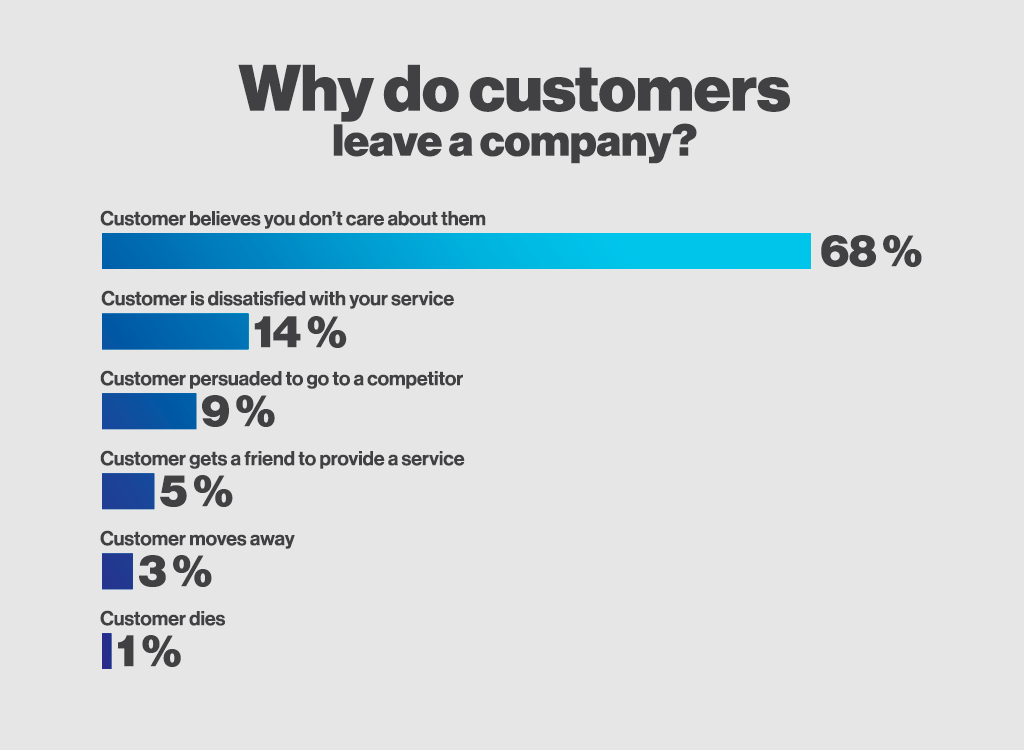
So, show them you care. Write that apology. Assure them that it won’t happen again. And then make sure it doesn’t.
5. Mobile Magic
You might have sent out an exquisitely designed email that looks fantastic on larger laptop screens. However, if mobile users find it unclear or difficult to navigate around, then you’ve got a big fail on your hands.
Mobile usage accounts for 41% of email opens, so you need to get this right. If you’ve sent out something that really doesn’t work on mobiles, you’re missing out on a huge chunk of potential CTR. So, re-design with these principles in mind:
- Increase font size to improve legibility on phones.
- Use a one-column template.
- Make the call-to-action easy to tap.
Then, you know what you have to do next. Yes, test. A lot of email providers will allow you to test your output’s effectiveness when viewed via different means. Cyberimpact offers email templates which are fully responsive. Before testing, you can even preview how your email would appear in mobile version. Use this opportunity to get the most out of your email messages.
When you resend, say that you’re responding to customer requests that you send your email in a format that’s better for mobiles. This will have the happy effect of making your business look like it’s open to suggestions and responsive to customer ideas.
Conclusion
So, the big takeaway in this email marketing guide is that, even in the worst-case scenarios, there are routes you can take to remedy matters. Before then, though, stop before you send. Check for errors. Then you can send with a little more confidence.
On occasion, you may face what look like catastrophic episodes of mismarketing, but it’s a rare mistake that you can’t rectify and, crucially, learn from. And, as one chap famous for motoring his way to unprecedented success, was prone to saying:

So, be more Henry. Don’t view your emailing mistakes as calamities. You can do a great deal to turn things around. And while you’re at it, you’re learning and your future campaigns will improve. Put your business back into drive, put your foot to the floor, and away you go, on the road to a supremely effective email marketing campaign.

About the author:
Jessica Day – Senior Director, Marketing Strategy, Dialpad
Jessica Day is the Senior Director for Marketing Strategy at Dialpad phone system for business, a modern business communications platform that takes every kind of conversation to the next level—turning conversations into opportunities. Jessica is an expert in collaborating with multifunctional teams to execute and optimize marketing efforts, for both company and client campaigns. Jessica Day also published articles for domains such as Women Love Tech and HeyCarson. Here is her LinkedIn.
